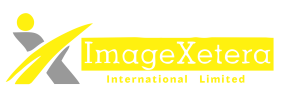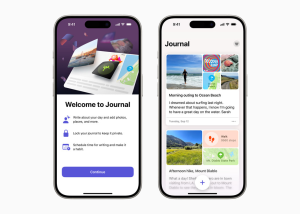In today’s competitive and dynamic business environment, every organization needs to leverage information and communication technology (ICT) solutions to enhance its efficiency and productivity.
ICT solutions refer to the use of various technologies, such as computers, software, networks, cloud services, artificial intelligence, automation, and more, to support business processes and operations.
ICT solutions can help businesses improve their customer satisfaction, reduce costs, increase revenues, optimize resources, and foster innovation.
However, not all ICT solutions are created equal. Some may be more suitable for certain types of businesses or industries than others. Some may require more investment or maintenance than others.
Some may have more benefits or risks than others. Therefore, it is important for business leaders to carefully evaluate their needs and goals, and choose the best ICT solutions that can help them achieve them.
Here are some of the key factors that business leaders should consider when choosing ICT solutions for their businesses:
-
Business objectives:
What are the main goals and challenges of the business? How can ICT solutions help address them?
For example, if the business objective is to improve customer satisfaction, then ICT solutions that can enhance communication, personalization, and feedback may be useful. If the business objective is to reduce costs, then ICT solutions that can automate tasks, streamline processes, and optimize resources may be helpful. -
Business processes:
How are the current business processes performed? How can they be improved or transformed by ICT solutions?
For example, if the business process is to process orders, then ICT solutions that can speed up order entry, verification, fulfillment, and delivery may be beneficial. If the business process is to generate reports, then ICT solutions that can collect, analyze, and visualize data may be advantageous. -
Business resources:
What are the available resources of the business? How can they be utilized or enhanced by ICT solutions? For example, if the business resource is human capital, then ICT solutions that can improve employee skills, motivation, and collaboration may be valuable.
If the business resource is physical assets, then ICT solutions that can monitor, control, and protect them may be worthwhile.
-
Business environment:
What are the external factors that affect the business? How can they be influenced or adapted by ICT solutions? For example, if the business environment is competitive, then ICT solutions that can differentiate the business from its rivals may be desirable.
If the business environment is volatile, then ICT solutions that can enable the business to respond quickly and flexibly to changes may be essential.
By considering these factors, business leaders can identify the most relevant and effective ICT solutions for their businesses. However, choosing ICT solutions is not enough.
Business leaders also need to implement them properly and monitor their performance regularly. Here are some of the best practices that business leaders should follow when implementing and managing ICT solutions for their businesses:
-
Plan ahead:
Before implementing any ICT solution, business leaders should have a clear vision of what they want to achieve and how they will measure it.
They should also have a realistic budget and timeline for the implementation. They should also involve all the stakeholders who will be affected by or involved in the implementation, such as employees, customers, suppliers, partners, regulators, etc., and communicate with them clearly and frequently. -
Choose wisely:
When selecting an ICT solution provider or vendor, business leaders should do their due diligence and compare different options based on various criteria, such as quality, reliability, compatibility, security, cost, support, etc.
They should also check the references and reviews of other customers who have used the same or similar ICT solutions. -
Train well:
After implementing an ICT solution, business leaders should ensure that all the users are properly trained on how to use it effectively and efficiently. They should also provide ongoing coaching and feedback to help them improve their skills and performance. They should also encourage them to share their experiences and best practices with each other.
-
Monitor closely:
Once an ICT solution is in use, business leaders should monitor its performance regularly and compare it with the expected outcomes and goals. They should also collect feedback from the users and customers on their satisfaction and challenges with the ICT solution. They should also identify any issues or problems that may arise with the ICT solution, and resolve them promptly and proactively.
-
Improve continuously:
Based on the monitoring and feedback, business leaders should evaluate the impact and value of the ICT solution for their business. They should also identify any areas or opportunities for improvement or enhancement of the ICT solution. They should also keep abreast of the latest trends and innovations in ICT, and explore how they can leverage them for their business.
By following these best practices, business leaders can leverage ICT solutions to enhance their business efficiency and productivity and gain a competitive edge in their market.
Hope you enjoyed this article: Let us have your opinion in your comment section below






